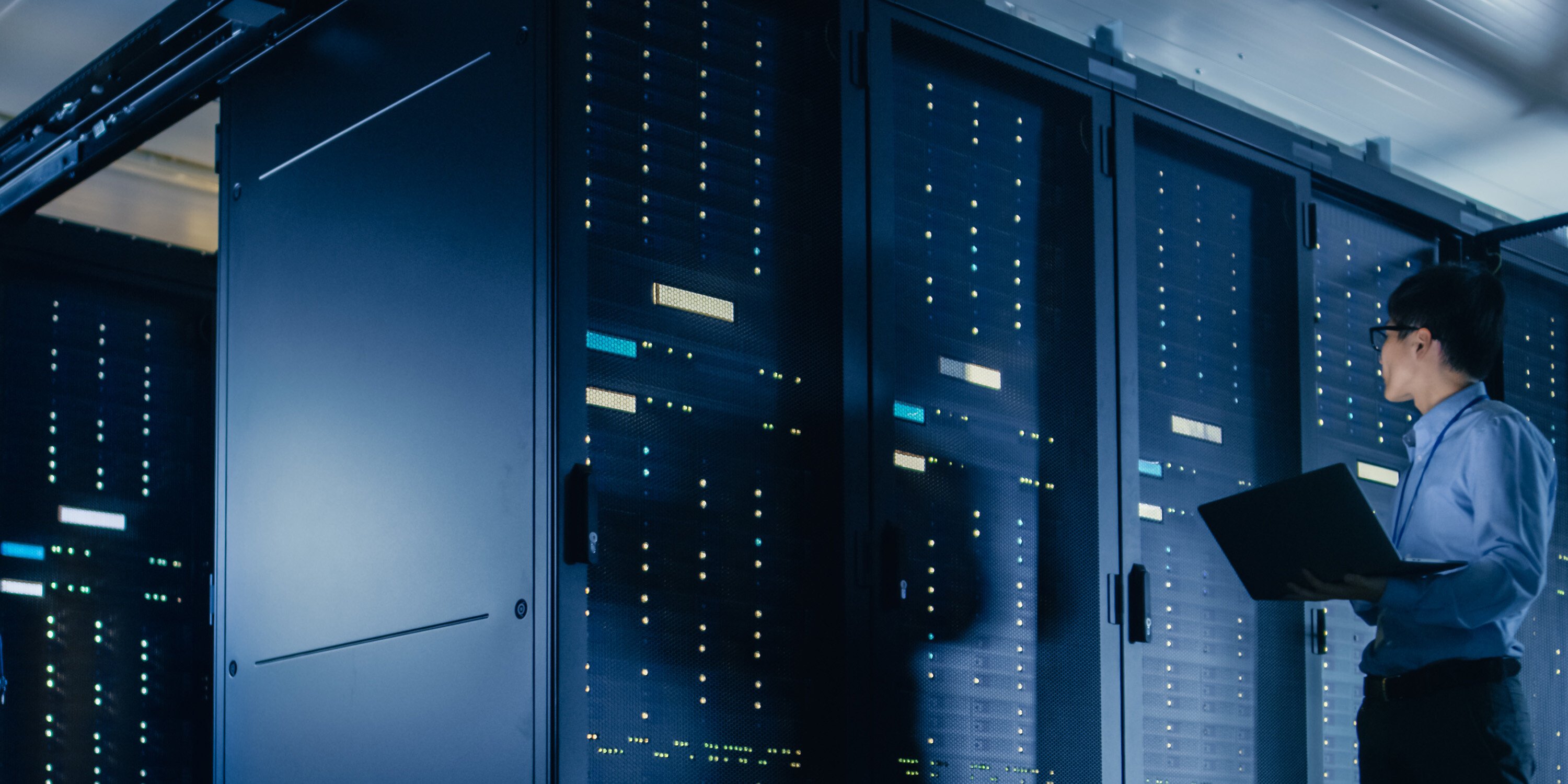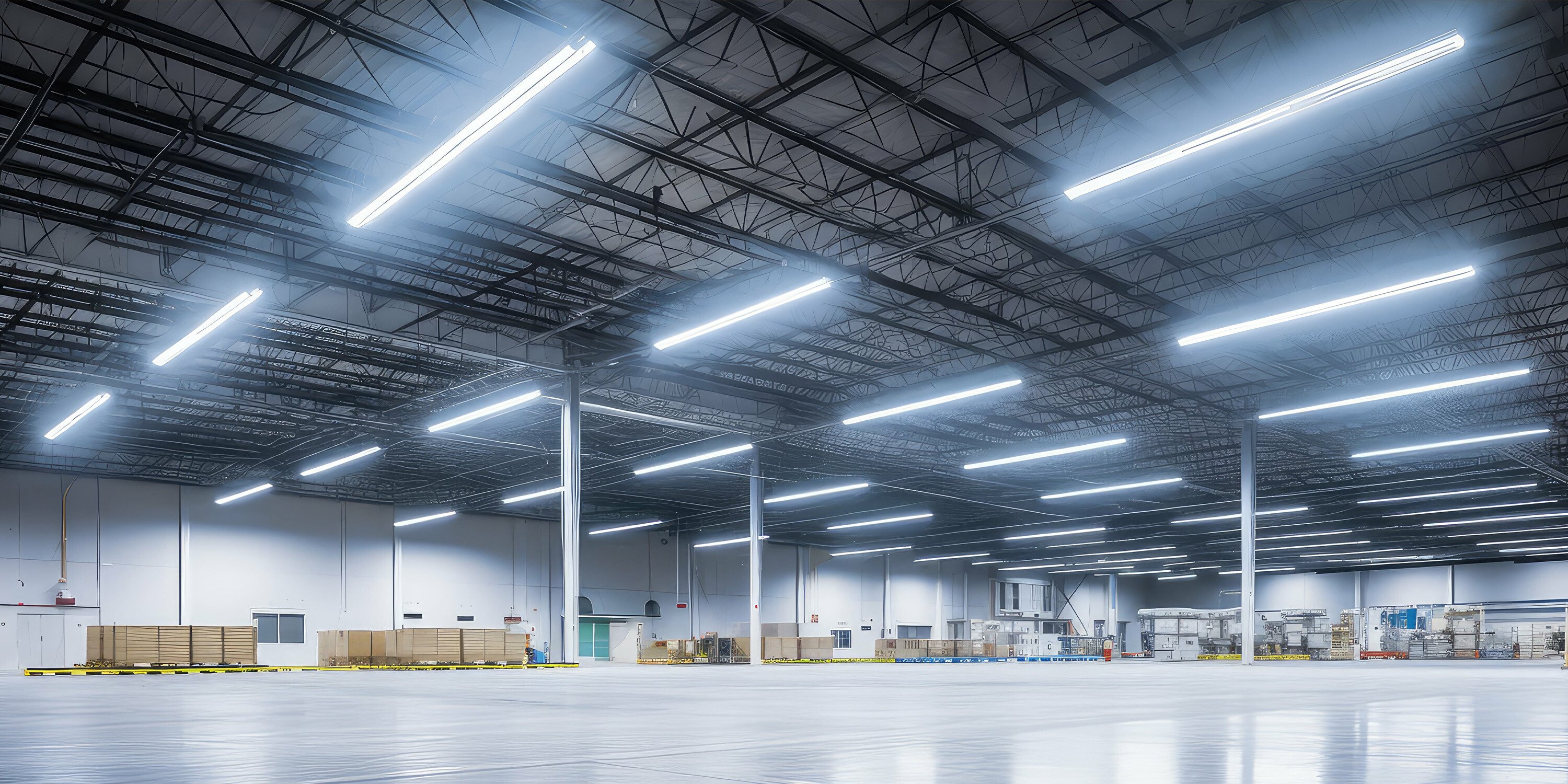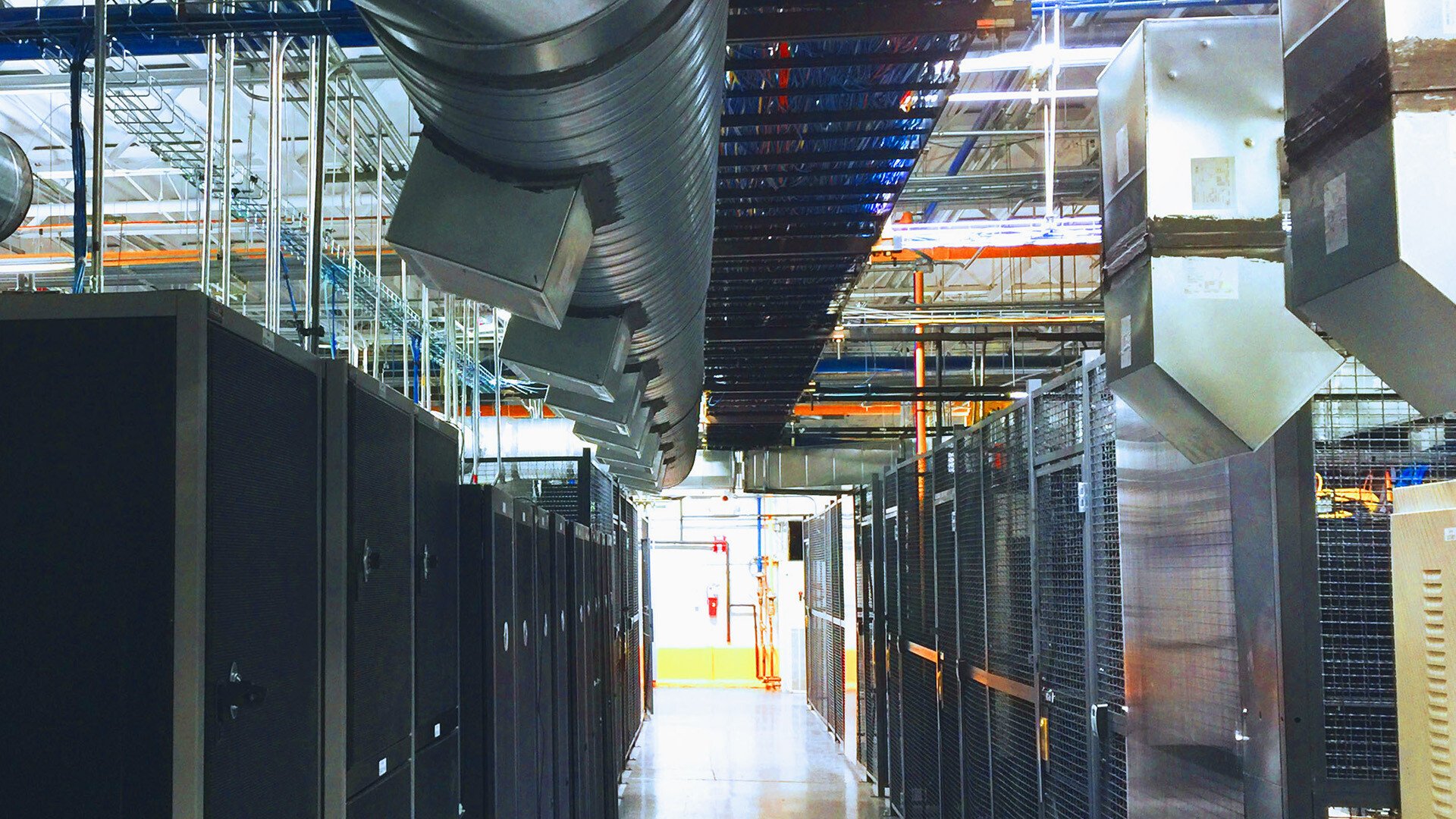Energy Efficiency | March 14, 2017
LED vs. Fluorescent Lighting: Who Lights Up Better
Long before the invention of LED lighting technology, the incandescent bulb helped to launch the era of modern lighting. Many improvements were made to incandescent bulbs over time, but researchers had still only figured out how to convert about 10% of the energy used into light. In the early 1900’s, Peter Cooper Hewitt created one of the precursors to the fluorescent lamp and this lighting solution developed from that point.
A brief history of LED lighting
By the mid-century, researchers began to focus their investigative efforts on even better solutions due to a need for more efficient lighting that arose during World War II. As a result, by the 1950s there were more fluorescent lamps producing light than incandescents in the U.S. While fluorescents were an improvement, the light produced had its drawbacks and research continued.
The next lighting breakthrough happened in 1962, when Nick Holonyak, Jr created the first LED while working for GE. These historical developments during the mid-twentieth century drove LED and fluorescent lighting to revolutionize energy efficient lighting into the products we know today.
While LEDs have been in development for over 50 years, fluorescents maintain a stronghold in the lighting market. Improvements to the efficacy (lumens per watt) of LEDs over time, along with a drop in cost, have made these solutions a viable option for many commercial or industrial lighting projects. Facility managers now have to determine, when installing new or upgrading existing fixtures, which do they prefer: LED or fluorescent lighting? There are certain characteristics to take into consideration when choosing between the two.
The difference between LED and fluorescent lighting
-
Energy efficiency is better in LED lighting
|
LEDs are the most energy-efficient and rapidly developing lighting technologies we have today. Because LEDs emit light in a very narrow band of wavelengths, they are far more energy efficient than incandescent or fluorescent lights, which emit light in a much wider band of wavelengths. |
The system efficiency of fluorescent lights are much lower than LEDs due to all of the losses associated with omnidirectional light output and the need to redirect it to a desired area. This means that only 60-70% of the actual light being given off by the fluorescent lamps is being used. |
-
LEDs have a longer lifespan
|
LEDs last longer than any light source that’s commercially available. LEDs themselves can have a general lifespan of up to 200,000 hours, and it is typically the driver that will need to be replaced at around 70,000 hours. Technological advancements are increasing these numbers every day. |
Typical lifespan values for fluorescent lighting range from 7,000 hours to 50,000 hours before a lamp or ballast requires replacement. |
-
While fluorescents are typically less expensive up-front, the lifetime costs are in favor of LED lighting
|
The initial cost of LEDs will be higher than fluorescents, but it continues to drop over the lamp’s lifespan. With reduced maintenance costs over time and lower electricity costs due to their energy efficiency, LEDs provide a fast payback compared to fluorescents. |
Fluorescent lights are relatively cheap to purchase but are usually more expensive to maintain. In order to attain the equivalent lifespan of a single LED light, fluorescent bulbs will likely need to be replaced several times, resulting in high material and installation labor costs that greatly reduce overall savings. |
-
Maintenance costs over time are lower for LED vs fluorescent lighting
|
LEDs have far fewer instances of breakage or other physical damage because of their durability. The frequency that the lamps have to be changed out is also very low because of their long lifespan. |
Fluorescent bulbs require regular replacement, in addition to the labor cost to monitor and replace aging or expired components. |
-
Cycling (turning on/off) and dimming is easier to achieve through newer technology as part of the LED fixture
|
There is no warming up or cooling down period for LEDs, so turning them on and off doesn’t waste energy. The advanced technology of LEDs also allows for dimming from 100% of the light to .5%, which conserves additional energy beyond the fixture replacement. |
Fluorescents have a short delay when turning on and require some time to warm up before the tube is illuminating to its maximum capacity. Older CFLs (compact fluorescent lights) are often not suitable for dimming, while newer ones allow for dimming down to about 15% of their normal light. |
-
Directionality is different because LEDs emit light over a 180 degree area where fluorescents direct light across 360 degrees
|
LEDs emit light over a 180 degree area. This is an advantage because light is usually desired over a target area rather than the 360 degrees around the bulb. |
Fluorescent light is omnidirectional, which means it emits light across 360 degrees. Much of this light gets lost inside the fixture, causing a lower fixture efficiency when compared to LED. |
LED lighting is the smartest lighting choice for commercial/industrial facilities
-
Fixtures use energy more efficiently
-
LED lighting has a longer lifespan and is less expensive to maintain
-
The lifetime cost for LEDs is lower based on a longer lifespan and lower maintenance costs
-
Better technology available in LED lighting allows for greater control
-
The actual LED light bulb has better directionality and less wasted light
It’s hard to beat the value offered by modern LED lighting. Not only are their prices becoming more affordable every day, they also last up to decades longer and use far less power while providing better illumination than the alternative. Compared to fluorescents, LED technology is a paradigm shift, not only because the solution is more efficient but because of the way it produces light.
Related Posts
Discover more content and insights from Mantis Innovation

The Cost of Inaction: Why Businesses Should Act Now on Energy Efficiency
In today's fast-paced business environment, the financial and operational losses businesses incur by delaying energy efficiency improvements, the "cost of inaction," is more relevant than ever.

In today’s AI era, human intelligence is the key to data center facility and energy optimization
Nowhere else in modern industry do artificial and human intelligence converge with such transformative potential as in the world of data centers. As AI's extraordinary growth accelerates demand for

Your Guide to LED Lighting for Business and Commercial Buildings
Never to be underestimated, LED lighting and well-designed lighting retrofits and upgrades offer businesses big improvements like reduced energy costs, reduced emissions, and improved working

Five Trends Driving Data Center Facility Energy Optimization
Today’s digital economy, commercial and industrial digitalization, and the recent explosion in artificial intelligence and machine learning (AI/ML) powered computing are driving massive growth in